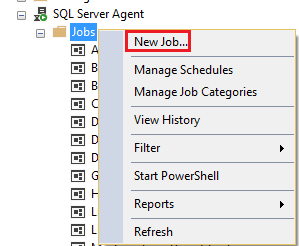In this article, we’ll walk-through the SQL Pivot and SQL Unpivot operators and how they can be useful to transpose SQL Server data. Also, we’ll discuss both static and dynamic ways to use PIVOT and UNPIVOT relational operators that can be used to transform aggregated distinct values as column(s) in the result-set by specifying all the column values in the PIVOT IN clause.
Read more »































